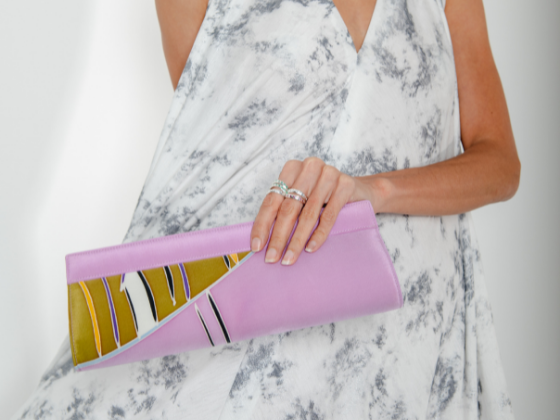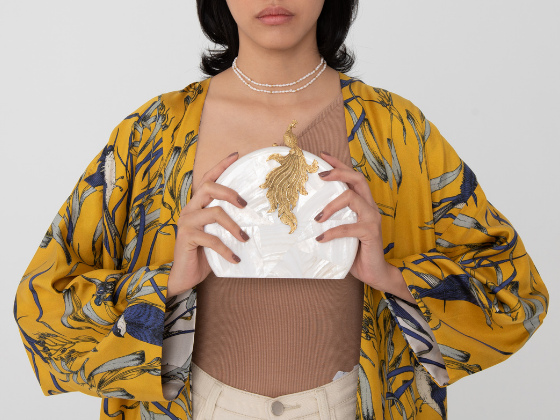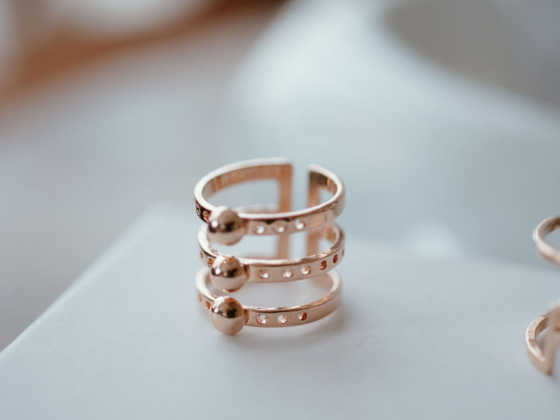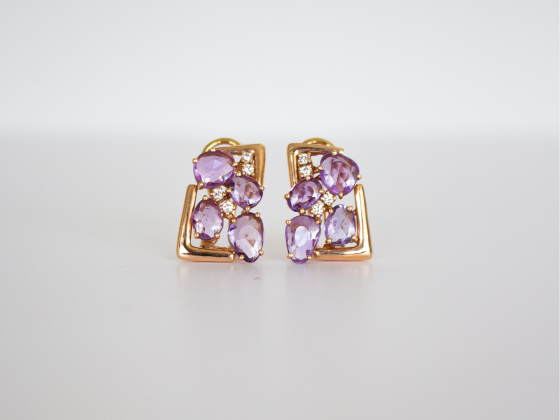By Megan Tan on 5 July, 2021
Thai Fruit and Soap Carving
A part of Thai cultural heritage, fruit carving dates back to the annual Loi Krathong Festival in Sukhothai during the 14th century. This major Siamese festival is still celebrated today where people float a krathong, or floating vessel, decorated with flowers, candles, banana leaves, and incense sticks, down a river. Soap carving is a modern development of the traditional craft that allows the painstaking effort and exceptional skills of the artists to last for a longer period of time. Common motifs found in Thai fruit and soap carvings include birds, fishes, dragons and floral patterns.
Peranakan Beadwork and Embroidery
Peranakans are ethnic and cultural groups that describe people of mixed Chinese and Malay/Indonesian heritage, born to Chinese settlers and locals in Singapore, Malaysia and Indonesia. Peranakan beadwork and embroidery is a delicate and decorative craft hand-stitched by Peranakan women, known as nyonyas, onto everyday objects and wedding items, such as beaded slippers (kasut manik), tablecloths, and wall hangings. These multicolored designs feature Chinese motifs with various local and European influences; a fusion of cultures, symbols and beliefs can be found in each unique piece.
Indonesian Wayang Kulit
Translating to “shadow puppet theater”, wayang kulit is a storytelling art performed by a dalang (puppeteer) and accompanied by the gamelan (traditional musical ensemble in Indonesia). Derived from two great Hindu epics, the Mahabharata and the Ramayana, Indonesian wayang stories tell of the struggle between good and evil through the characters’ journey through life, love, and war. The leather shadow puppets are made with careful attention to detail as the colours and costume help differentiate between characters. (Pubumésu fans are also made by wayang kulit artisans in Central Java!)
Myanmar Wood Carving
Wooden sculptures and carvings are a long established art form in Southeast Asia as the region is thick with forests. Within Southeast Asian countries, Myanmar’s exquisite wood carvings are extremely impressive. Burmese craftsmen are highly skilled and their carvings can be found everywhere from religious buildings to mundane items such as utensils and furniture — with competitions being held for artistic wood sculptures. With the oldest carving in Myanmar dating back to the 11th century, teak wood is the most popular material as it has qualities that help slow down the rotting process.
Vietnamese Silk Painting
Evolving from painting on homemade rice paper, Vietnamese silk painting often has a gentle and elegant style that emphasizes the simple beauty of its subject. Most silk paintings depict Vietnam’s countryside, landscape, pagodas as well as rural life. Unlike western styles of painting, the background of traditional silk paintings isn’t painted on; the silk canvas is directly used as the backdrop to highlight its natural sheen. In order to master this medium, artists should possess in-depth knowledge about the different types of silks and how to fully take advantage of its quality, weaving, and glossiness.
Malaysian Wau Kites
Decorated with striking colors and floral patterns, this traditional Malaysian kite is handmade by skilled artisans using split bamboo, tassels, string and layers of paper. The flower in the centre of the kite is called the ibu or “mother of all life” as all other motifs stem from it. Wau competitions often look at two aspects of the kite: its functionality when flying and the design when it's on the ground. There are many types of wau designs, the most popular being Wau Bulan (meaning moon kite) from Kelantan — it is an iconic national symbol of Malaysia, featured on the back of old fifty cent coins.
Cambodian Stone Carving
An ancient tradition in Cambodia, their stone sculptures are displayed in museums around the country and can even be found at The Metropolitan Museum. The country’s soil is rich with sandstone, making it perfect for carving all kinds of stone sculptures from grand temples to miniature statues. The art of stone carving in the country barely survived through decades of war, dictatorship and genocide; it was almost lost under the Khmer Rouge regime in the 1970s. However, some artisans managed to escape abroad and eventually returned to teach the younger generation these ancestral skills.
ABOUT THE AUTHOR
Megan is Dia’s intern and a Fashion Marketing & Management student in Malaysia. She has worked on projects with brands such as Fugeelah, and is interning for fashion influencers based in the UK. Apart from fashion, Megan is interested in business and psychology, and enjoys creating art and reading novels. She will be furthering her education at London College of Fashion in September 2021.











